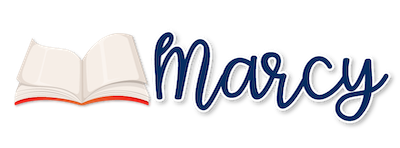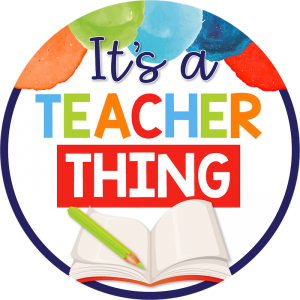
After many years of teaching, I have developed tried and true activities for the first week of school in upper elementary and middle school classrooms. I’m happy to share my first week ideas with you.
1. Create opportunities for student collaboration.
How does this benefit you as the teacher? It allows you to see friend groups and to note who seems to separate themselves or may be new. When we group up in my classroom, I say the following: “You have 30 seconds to create groups of three without leaving anyone out. Come see me if there are issues. Go!” There are usually very few stragglers. If I see students who looks lost, I remind the class to be inclusive. I may also help form the last group if needed. (There may be a group of two, but avoid groups larger than three.) Then get the groups up out of their seats and moving.
So what activity do I use for group work?
I love using task cards as a preview of what’s to come or a review of something they may have learned last year. I tape up the task cards around the classroom, give students clipboards with an answer document (or a clipboard to one person in the group), and let them go. Remember to quickly state the rules for moving around the classroom beforehand.
It’s a great way for the teacher to roam the room and interact with the students, to check in on what they know and what they may find challenging, and to get students out of their seats (which I try to do a lot). Getting an idea of student skill level can direct your lessons for the week or month. You’ll find a huge selection of task cards for any subject on TPT. Here’s a link to loads of task cards.
2. Start a read aloud the first week of school.
A read aloud gives students a break from the activities of the first week, which can be overwhelming. I read a novel that ties in with my social studies curriculum. I happen to have a copy for each student and they follow along, but this doesn’t need to be the case. Read for a good chunk of time each day to get them engaged and wanting more.
Another benefit of a novel read aloud…
Since I teach reading and writing, this novel becomes a focus in my language arts lessons. It’s a reference for much of what we do. For example, my students must have a personal reading novel by the end of the third day of school. Their only homework is to read their personal novel. As I start reading instruction, I focus on the read aloud novel for my lessons. If I want to teach the importance of setting, setting is what I refer to during our read aloud time. I write about our read aloud novel in examples of written responses to reading. Read this great post of the advantages of using a read aloud in your classroom.
Using a read aloud in your reading instruction can be extremely useful to you as a teacher. It reduces student stress because kids are familiar with the story the teacher is writing about, and you and the class can easily find support for your written responses to literature by referring back to a familiar novel. Read this blog post on why I still use reading logs for responding to literature and nonfiction.
3. Assign a quiet activity that takes several days.
Here’s the benefit: once you’ve given the directions and modeled for the class, the work is pretty much independent, and you and the kids have a break from teacher-directed lessons. This allows you time to talk with and get to know the students.
It also provides the opportunity to see skill level without using a typical “assessment”. I use a Back-to-School Brochure for reflection. The brochure gets them thinking about their skills, goals, and personal information they may want to share. Additionally, I can have the brochure on a display board or on student desks for Parent Night (LOVE THIS!). Here’s a link to Back-to-School Brochures. (Find digital version here)
4. Allow students to evaluate themselves and show their differences.
Sharing our strengths and weaknesses reinforces to the class that we’re all different. I use a simple bar graph. At the bottom of each bar I have categories of tasks kids may or may not have experienced. You want a mixture of both academic and non-academic categories. For example, I use mental math, spelling, sewing, gardening, basketball, singing, technology, etc. Students select icons to represent their ability level at the task (like carrots for gardening), and then use the icon to fill the bar up to their skill level. Colored pencils work great for this activity because the contrast of colors really sets off the various levels.
We share our graphs and display them for the first month of school. The discussion arises about how we all have areas we’re pretty good at and areas where we may need help. Here is where I make the point that we are all unique and that someone in class may get an assignment that looks different from yours and that’s okay. They are getting what they need. You may have heard the saying
“Fair is a place where there are rides and cotton candy. In this classroom, ‘Fair’ is when students get what they need.”
I discuss this idea and give concrete examples. I can assure you that the phrase “That’s not fair” never comes up again in relation to differentiated work.
Easy, cost effective, and powerful, these activities are sure to make your first week of school a success.
Happy Teaching!




Great advice for the beginning of the school year. So helpful. Love your new look here.